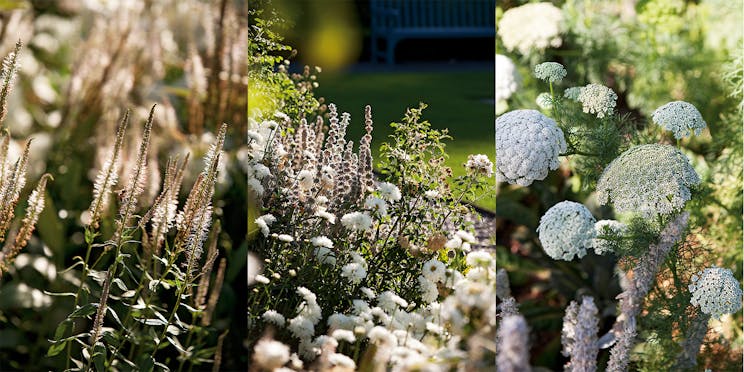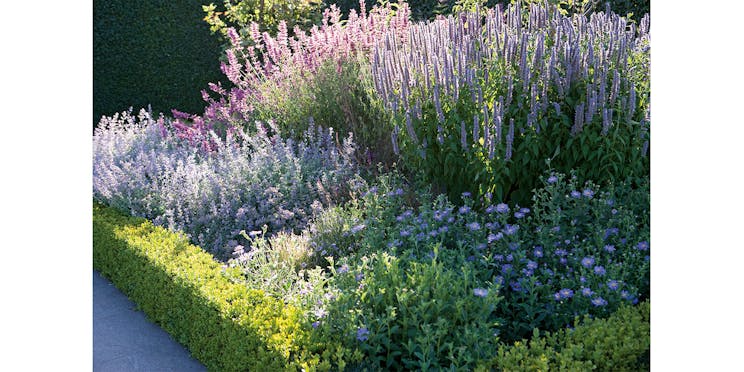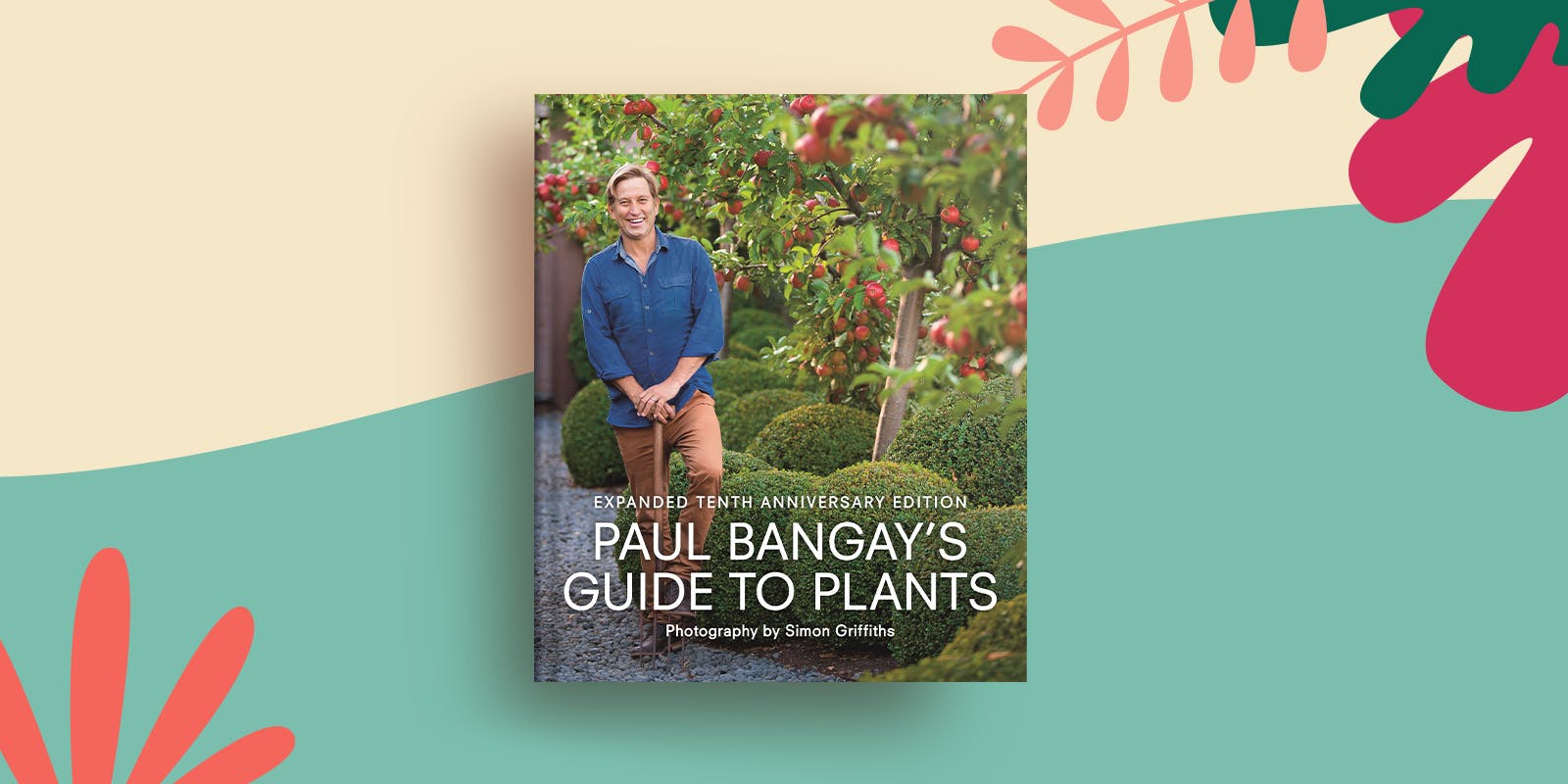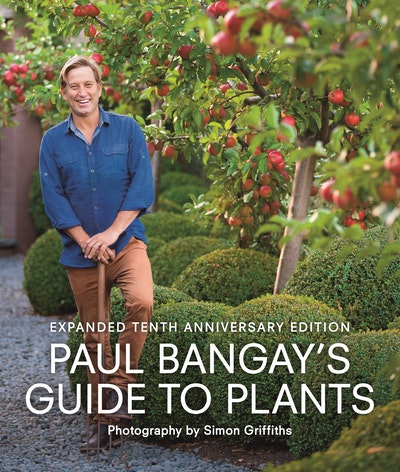One of Australia's most high-profile landscape designers offers advice on creating a successful colour scheme for plantings.
When I first started creating gardens, 25 years or so ago, everyone wanted a white garden. This was perhaps in imitation of Vita Sackville-West’s magnificent gardens at Sissinghurst Castle in Kent, a colour scheme revived by the Australian gardener Lady Joan Law-Smith at Bolobek, which sits at the base of Victoria’s Mount Macedon. Today, we are all more willing to experiment with colour in our gardens – even with the once much-despised red. In one part of my country garden I use a colour scheme of deep magenta and rich red wine hues. It’s liberating to play with a diversity of colour after years of restraint.
It’s true to say, however, that choosing successful colour schemes for plantings in the garden is not always straightforward. While there are some useful reference points you can use when considering a colour scheme, there are no hard-and-fast rules to follow. It might come as second nature for experienced gardeners and landscape designers, but choice of colour schemes is much more of an art than a science and sometimes things that look good in your mind’s eye just don’t seem to work in reality. In many cases it comes down to experimentation, more experimentation and still more experimentation.
Starting points to get you thinking about a colour scheme for your garden might be to consider the colour and architectural style of your house. White houses often look good with predominantly white and green gardens. Modern houses frequently suit a splash of warm colour such as red. Think about the colours used in the paving – greys and black allow for deep, dramatic colour schemes including purples and deep reds.

Occasionally I have successfully created colour schemes using furnishing fabrics from the inside of the house as the inspiration. In one such scheme, the curtains that framed the view through to the garden outside were a deep pink and purple chintz. So I created a garden just outside the window that contained deep pink roses and purple irises. The effect from inside the house, from where the garden was most often viewed, was one of elegant flow and unity.
It’s worth considering also the effect that light has on the space. A dark area, such as a south-facing courtyard, can be brought to life by a light colour scheme.
Vita Sackville-West’s famous ‘White Garden’ was intended to be viewed by moonlight, when the white flowers were iridescent against the dark of night.
If your site is subject to intense light, then deep, rich colours can often work well. Greys and purples seem to suit the harsh Australian light and many Australian native plants display these tones. However, white should not be completely disregarded as it can offer a psychological ‘cooling’ effect.

Most clients of mine have played it safe with the colour schemes they chose, preferring whites, greens, blues and pale pinks. But in a few noteworthy projects I've been able to reflect the personality and mood of the client in a bolder colour scheme, which I must say has been really satisfying for both them and me. One such was a client on Sydney Harbour who was mad for the colour pink. The interior of her house was pink, the exterior was pink, she even wore pink clothing. Of course, the planting colour scheme needed to include pink too. We opted for all pink and white. The colour scheme worked because it reflected the personality of the owner and it became a deeply personal garden. I loved it for this reason.
For me, the thing I value most in my garden is a sense of peace and tranquillity. For that reason I constantly come back to the most relaxing, tranquil and at the same time vibrant colour scheme with an all-green garden. This scheme relies on the subtle variations in the colour according to the time of year. Nothing beats the electrifying green of new growth on the English box plant; from its dull, safe, deep green bursts a flush of apple green that brings the whole garden to life.
If you live in tropical or subtropical areas of the country, however, the most successful plants for the region tend to be big, bold, bright colours. Bougainvillea, clivia, strelitzias – there’s no point shying away from them when the climate dictates a bright colour scheme.
So how do you choose your own colour scheme? After considering the style and colour of the house, the aspect and climate of the garden, bring it right back to the personal: what do you enjoy? What mood do you want to convey in the space? Make it your own, avoid a clutter of colours, and your garden will sing.















